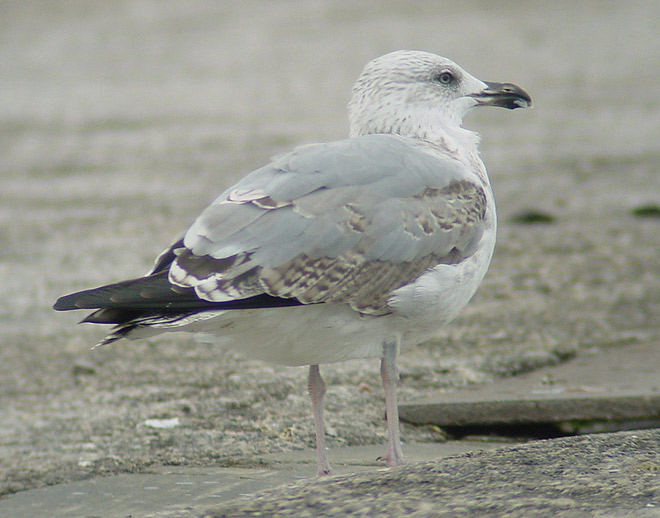 Yellow-legged
Gull- Geelpootmeeuw (L. michahellis): 2cy October
Yellow-legged
Gull- Geelpootmeeuw (L. michahellis): 2cy October
(last update: 08 december 2003)
YLG
1cy May
YLG
1cy June
YLG
1cy July
YLG 1cy August
YLG 1cy September
YLG 1cy October
YLG 1cy November
YLG 1cy December
YLG
2cy January
YLG 2cy February
YLG 2cy March
YLG 2cy April
YLG 2cy May
YLG 2cy June
YLG 2cy July
YLG 2cy August
YLG 2cy September
YLG 2cy October
YLG 2cy November
YLG 2cy December
YLG
3cy January
YLG 3cy February
YLG 3cy March
YLG 3cy April
YLG 3cy May
YLG 3cy June
YLG 3cy July
YLG 3cy August
YLG 3cy September
YLG 3cy October
YLG 3cy November
YLG 3cy December
YLG
sub-ad Jan.
YLG sub-ad Feb.
YLG sub-ad March
YLG sub-ad April
YLG sub-ad May
YLG sub-ad June
YLG sub-ad July
YLG sub-ad Aug.
YLG sub-ad Sept.
YLG sub-ad Oct.
YLG sub-ad Nov.
YLG sub-ad Dec.
YLG
adult January
YLG adult February
YLG adult March
YLG adult April
YLG adult May
YLG adult June
YLG adult July
YLG adult August
YLG adult September
YLG adult October
YLG adult November
YLG adult December
photo 6625: Yellow-legged Gull michahellis 2cy, October 01 2001, Le Portel, France.
Primary P10 is fully grown and all the
secondaries and rectrices are second generation and complete. Hence, the
complete moult has ended. After this complete moult, a partial moult has
included some of the tertials and wing-coverts.
The upper two tertials have been replaced and the third and the fifth are
growing. The new tertials are adult-like grey, although the white tips are
not as prominent as in full adult tertials. The tail-feathers show neat
white tips and the outer tail-feather R6 has only limited black on the
outer-web. Most of the scapulars are grey now, just a few lower scapulars
have a brown centre and abraded white fringes.
In the partial moult, the inner two greater coverts have been replaced for
greyish feathers. Many median coverts have been replaced as well. In many michahellis,
like in this individual, it's the sixth and seventh median covert still
showing a second generation like pattern. Most immature patterned coverts
can be found in the outermost lesser coverts, in the carpal edge. The
head-feathers were moulted recently, now showing very neat fine dark
shaft-streaks.
